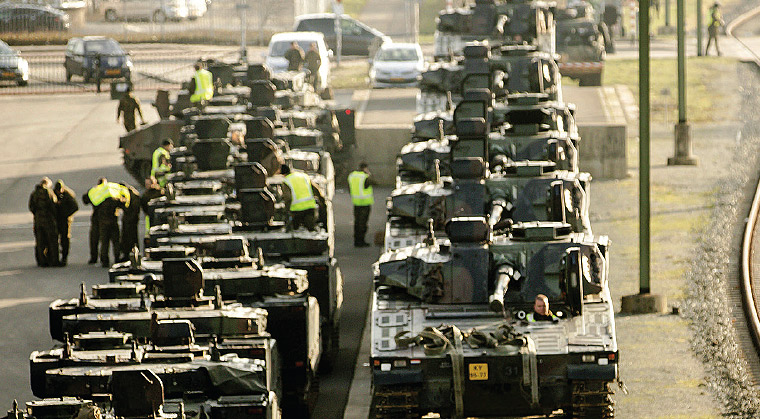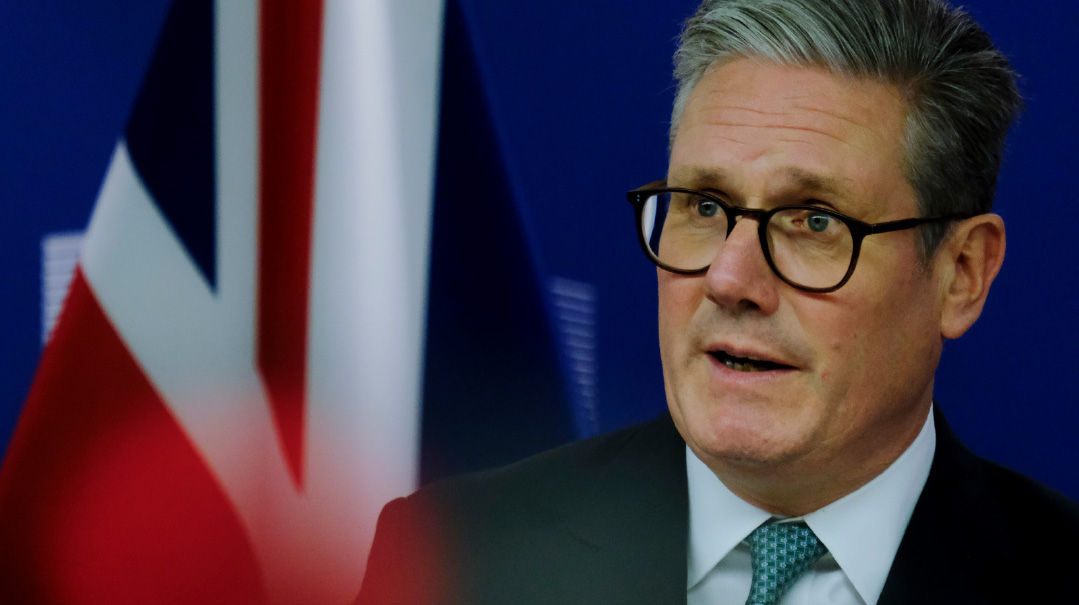NATO’s Pensioners


(Photo: AFP/IMAGEBANK)
G
ermany is soon taking over leadership of NATO’s rapid-reaction force, and Vladimir Putin must be quaking in his boots.
A report leaked in February from the German Defense Ministry stated that the Bundeswehr lacked enough tents and winter clothing to deploy troops. A recent McKinsey paper noted that in 2014 only 40% of fighter planes were ready for service, due to a lack of spare parts. Similarly, at the end of 2017, no submarines or large transport planes were available for deployment.
Once a matter of concern mainly for military planners, the parlous state of the German armed forces has come into focus as a result of the recent NATO summit. President Trump berated NATO allies for using the US — which spends 3.5% of GDP on defense — as a “piggy-bank.” He particularly criticized wealthy Germany, which spends only 1.24% on defense, missing NATO’s 2% target by $28 billion.
Is Trump correct that the US is paying in more than it gets out? And is 2% a valid spending benchmark?
In terms of pure numbers, the US pays more than its fair share. It contributes 68% of NATO’s combined expenditure, despite having only 46% of the alliance’s combined GDP. An argument could therefore be made that in return it gets bases across Europe that help project American power.
But according to McKinsey, the 2% statistic doesn’t tell very much about NATO’s war-fighting capabilities. More than 50% of European defense spending goes to salaries and pensions, leaving only 15.2% for equipment. That is why only 6% of NATO Europe forces are deployable for sustained periods.
President Trump isn’t known for his understatement, but perhaps in this case he was unduly restrained. The US taxpayer is spending on tanks so that Europeans can pay pensions. (Originally featured in Mishpacha, Issue 720)
Oops! We could not locate your form.













